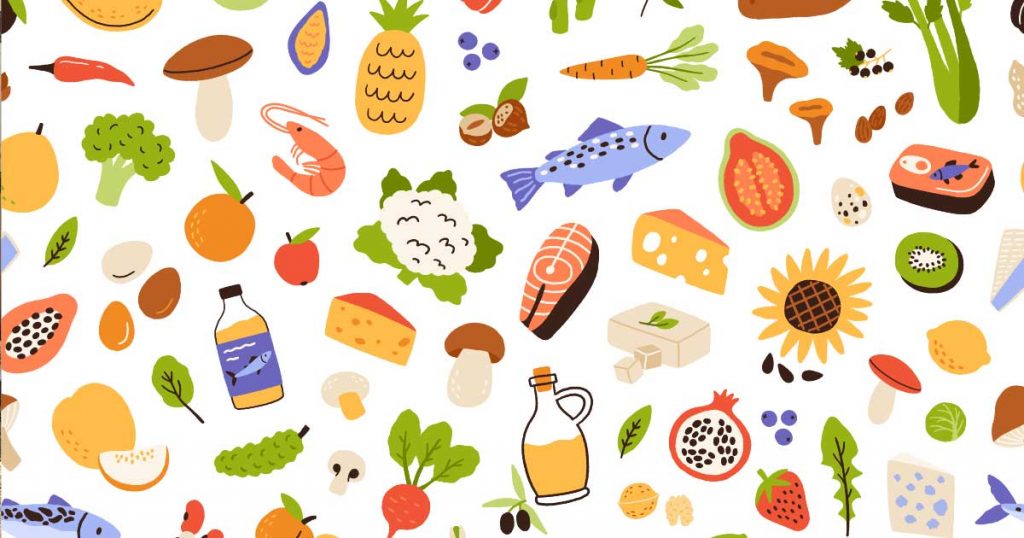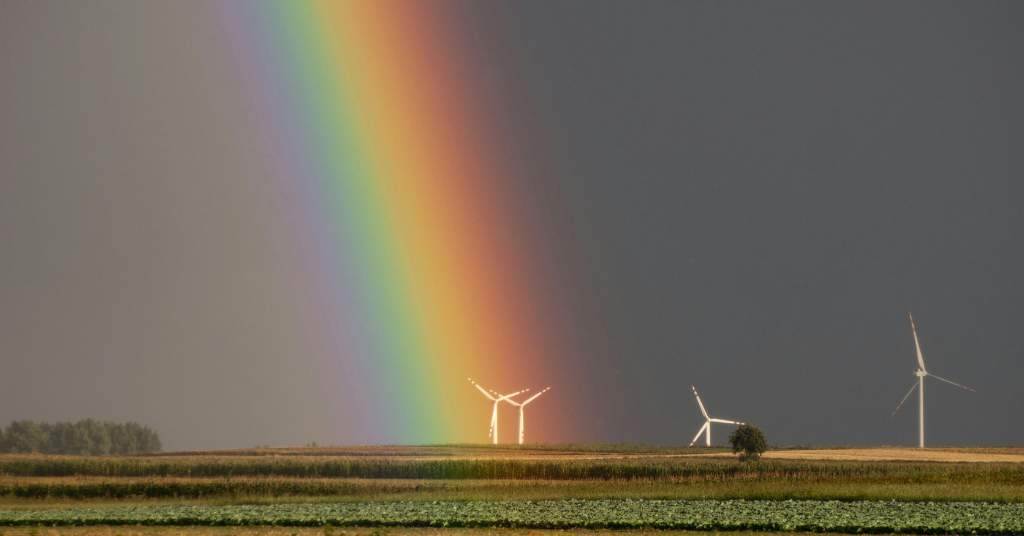The other price of putting food on the table
When calculating why the price of the food on your plate is so high, you can count the growing inflation, but another factor we rarely consider is the greenhouse gas (GHG) emission bill we’re paying.
Its sheer scale may help to understand its significance: according to the European Environmental Bureau (EEB), the largest network of environmental citizens’ organizations in Europe, our food systems are responsible for a quarter of global greenhouse gas emissions, but other sources estimate that the number is as high as one-third.
A vicious circle
It’s known that GHG, produced partly by the agricultural sector, is not simply contributing to but driving climate change. However, the climate crisis itself has a significant negative impact on food production, both on a local and a global scale. In other words, the gases we produce here for food cause starvation elsewhere.
Sources of gases
First, we need to define what we consider agricultural production. Some studies include non-food products, e.g., textiles, rubber, biofuels, and farm products, while others do not.
There’s also a methodological difference in counting post-retail figures, from refrigerating in the household, cooking, and disposing of waste – this category alone represents 2.1 billion tCO2e.
Hence, the Intergovernmental Panel on Climate Change (IPCC) Special Report on Climate Change and Land reports a range from 10.8 and 19.1 billion tonnes of CO2-equivalent (tCO2e) emissions per year.
Keeping the above in mind, we’ll find the following sources of emission:
- Agricultural production’s emission is leading the list with 7.1-8.0 billion tCO2e, including emissions from manure, producing and using synthetic fertilizers, methane emissions from livestock and rice, and the total emission of aquaculture as fuel use from on-farm machinery.
- Emissions from land use are estimated to be between 3.2-5.7 billion tCO2e, which includes deforestation, peatland degradation and fires, and emissions from cultivated soils.
The supply chain also produces 2.4-3.1 billion tCO2e – it includes food processing (0.6 billion tCO2e), transportation of goods (0.8 billion tCO2e), packaging (0.6-1.0 billion tCO2e) and the emission coming from retailers (0.4-0.7 billion tCO2e).




